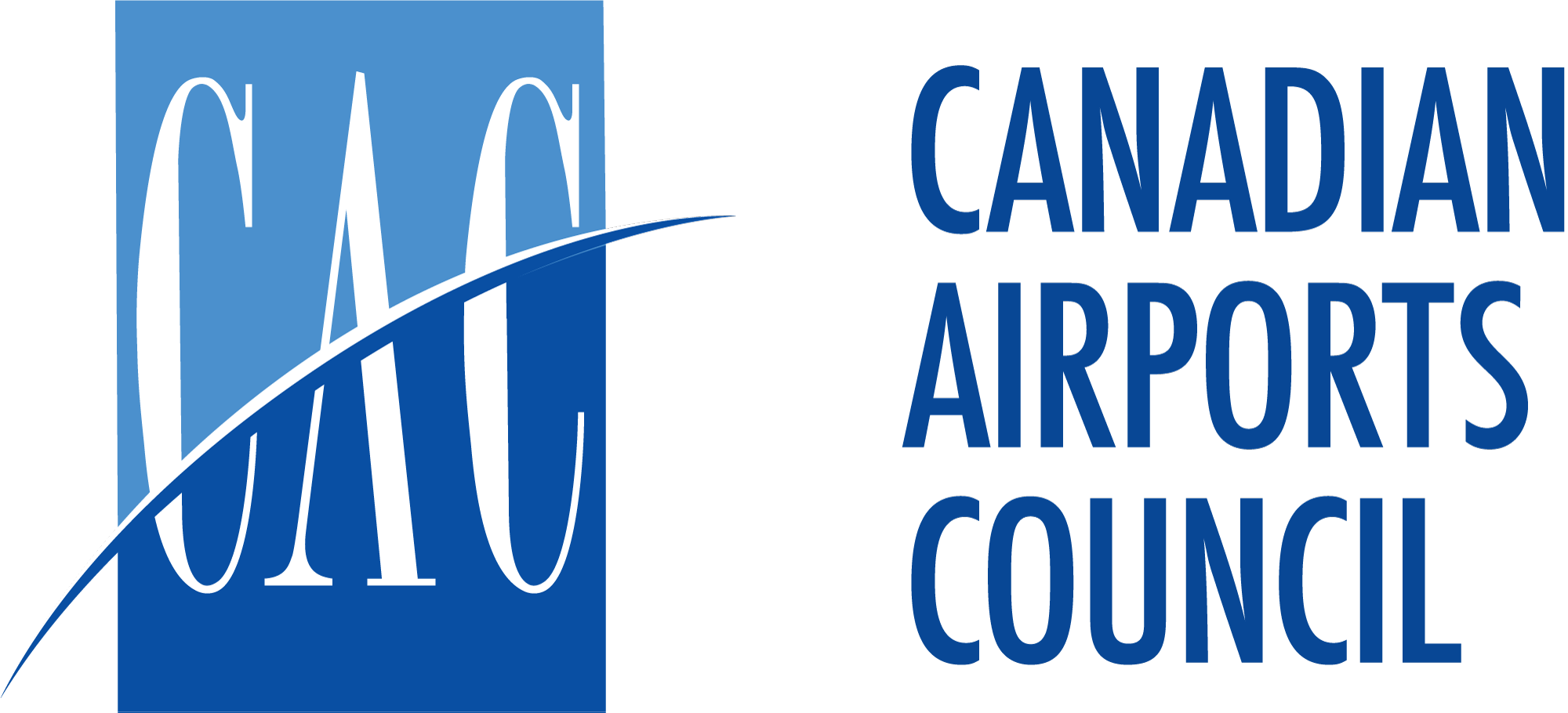Sept. 23, 2020 (OTTAWA) — With passenger traffic down by more than 85 per cent in July and August, and no end in sight to travel restrictions and quarantine requirements, Canada’s airports look forward to continued engagement with the federal government on financial support for the sector.
The Speech from the Throne offered some hope in recognizing particularly hard hit sectors, including aviation, but time is of the essence: without action, the damage done to airports and the communities they serve may take years to repair.
“We were all hoping that we would be out of the worst and be able to focus on recovery by now,” said Canadian Airports Council president Daniel-Robert Gooch. “Unfortunately, air travel in Canada continues to be nearly 90 per cent down from 2019 traffic levels. In fact, the financial situation is much worse now than it was in the spring, as airports continue to pile up costs and debt to provide enhanced safety and health measures on limited revenues, while continuing to supply services that communities and governments count on – such as movement of essential workers, cargo, medevac and firefighting to their communities.”
The most recent traffic volumes are grim, with traffic from April through August down 92 per cent from the same period in 2019. Tens of thousands of jobs have been lost in airport employment zones, with air sector unemployment as high as 50 per cent. The CAC expects that by the end of 2021, airports stand to lose as much as $4.5 billion in revenue and add $2.8 billion in debt to cover operational deficits. Airports now project that passenger traffic will not recover for four or five years.
To give airports the support they need to rebuild and recover, the CAC has asked the federal government to waive ground rent paid by 22 airports for at least five years, or until passenger volumes return to 2019 levels. The CAC has also requested government provide interest-free loans, especially to airports that do not pay rent, expand federal infrastructure programs to include funding for safety and security related infrastructure and to increase funding to Airport Capital Assistance Program for airports with fewer than 525,000 passengers a year.
“We believe that our recommendations are not only reasonable, but they are simple to implement and support,” Mr. Gooch concluded. “Over the last decade, our aviation sector has enjoyed tremendous growth, supporting tourism, trade and immigration. Airports are essential to their communities, and are a big part of their recovery and growth. We believe that the federal government knows this already. We all know the way forward, and what’s at stake. The time to act is now.”
###
About the Canadian Airports Council
The Canadian Airports Council (CAC), a division of Airports Council International-North America, is the voice for Canada’s airports community. Its 54 members represent more than 100 airports, including all of the privately operated National Airports System (NAS) airports and many municipal airports across Canada.
Prior to the pandemic, Canada’s airports supported nearly 200,000 jobs, generating $13 billion in wages and $7 billion in taxes to all levels of government.
For more information, please contact:
Debra Ward
Canadian Airports Council
613 274 0691 613 850 9118
debra.ward@cacairports.ca

